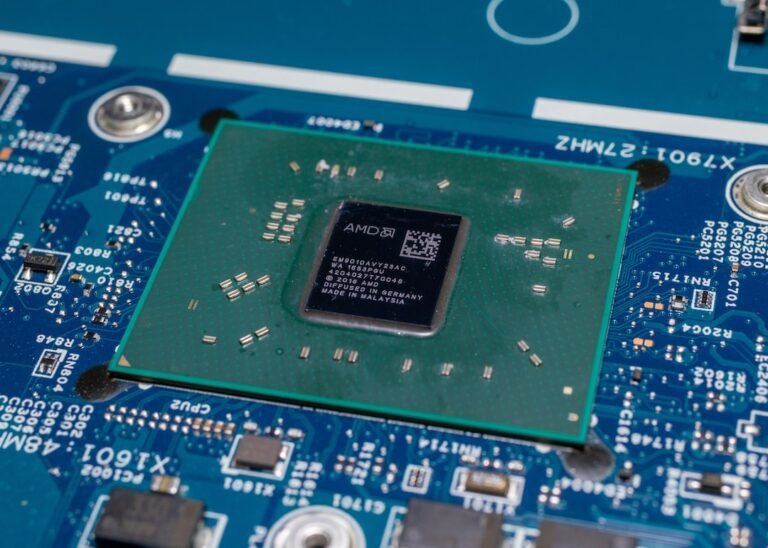Introduction
In today’s interconnected world, the Internet of Things (IoT) has become a part of our daily lives. From smart thermostats and security cameras to voice assistants and wearable devices, IoT devices offer convenience and connectivity like never before. However, with all these devices connected to our home networks, security becomes a top concern. How can we ensure that our IoT devices are protected from potential threats and unauthorized access?
In this article, we will explore the best practices for securing IoT devices in home networks. We will discuss the importance of securing IoT devices, common vulnerabilities, and steps you can take to enhance the security of your home network. So, let’s dive in and learn how to safeguard your IoT devices and protect your privacy.
Understanding the Importance of Securing IoT Devices
Imagine this scenario: you’ve just bought a brand new WiFi-enabled security camera to keep an eye on your home while you’re away. You install it, connect it to your home network, and start using the accompanying smartphone app to monitor your house. But have you considered the potential risks associated with this convenience?
IoT devices are often the weakest link in home network security. They are designed to be user-friendly and accessible, but security measures can sometimes take a backseat. This makes them attractive targets for cybercriminals who are looking to exploit vulnerabilities and gain unauthorized access.
The consequences of a compromised IoT device can be severe. Hackers can gain access to sensitive information, such as your personal details, financial data, or even control over your devices. They can also use your IoT devices as a launching pad for further attacks or as entry points into your home network.
To ensure the safety of your IoT devices and the privacy of your data, it is crucial to implement best practices for securing your home network.
Common Vulnerabilities in IoT Devices
Before we delve into the best practices, let’s take a look at some common vulnerabilities found in IoT devices:
Weak Passwords: Many IoT devices come with default usernames and passwords or allow users to set weak passwords. This leaves them vulnerable to brute-force attacks and unauthorized access.
Firmware Vulnerabilities: Outdated firmware can contain security vulnerabilities that hackers can exploit. However, some IoT devices lack automatic updates, making it essential for users to manually update their devices.
Insecure Network Connections: IoT devices may transmit data over unencrypted channels, making it easy for attackers to intercept sensitive information.
Lack of Authentication: Some IoT devices lack proper authentication mechanisms, allowing unauthorized users to gain access to the device or the network.
Default Settings: Manufacturers often set default settings that prioritize ease of use over security. These settings can leave devices vulnerable to attacks if not changed.
By understanding these vulnerabilities, we can take proactive steps to secure our IoT devices and protect our home networks.
Best Practices for Securing IoT Devices
Now that we understand the importance of securing IoT devices and the vulnerabilities they face, let’s explore some best practices to safeguard your home network:
1. Secure Your Home Network
The first step in securing your IoT devices is to ensure the security of your home network. Here are a few key measures to take:
- Change Default Credentials: Immediately change the default usernames and passwords on your router and any associated devices. Use strong and unique passwords that are difficult to guess.
- Enable Encryption: Use WPA2 or WPA3 encryption protocols for your wireless network. This ensures that data transmitted over the network is encrypted and secure.
- Enable Firewall: Activate the firewall feature on your router to filter incoming and outgoing network traffic. This adds an extra layer of protection to your home network.
2. Keep Firmware and Software Updated
Regularly updating firmware and software is a crucial step in securing your IoT devices. Manufacturers often release updates to patch security vulnerabilities and improve device performance. Follow these tips:
- Enable Automatic Updates: Whenever possible, enable automatic updates for your IoT devices. This ensures that you receive the latest security patches without manual intervention.
- Regularly Check for Updates: For devices with no automatic update feature, regularly check the manufacturer’s website or app for firmware updates and apply them promptly.
- Replace Unsupported Devices: If your IoT device is no longer supported by the manufacturer and does not receive updates, consider replacing it with a newer, more secure model.
3. Secure Your Wireless Network
Your wireless network is the gateway through which your IoT devices connect to the internet. Strengthening your wireless network security can significantly enhance IoT device protection. Consider the following:




